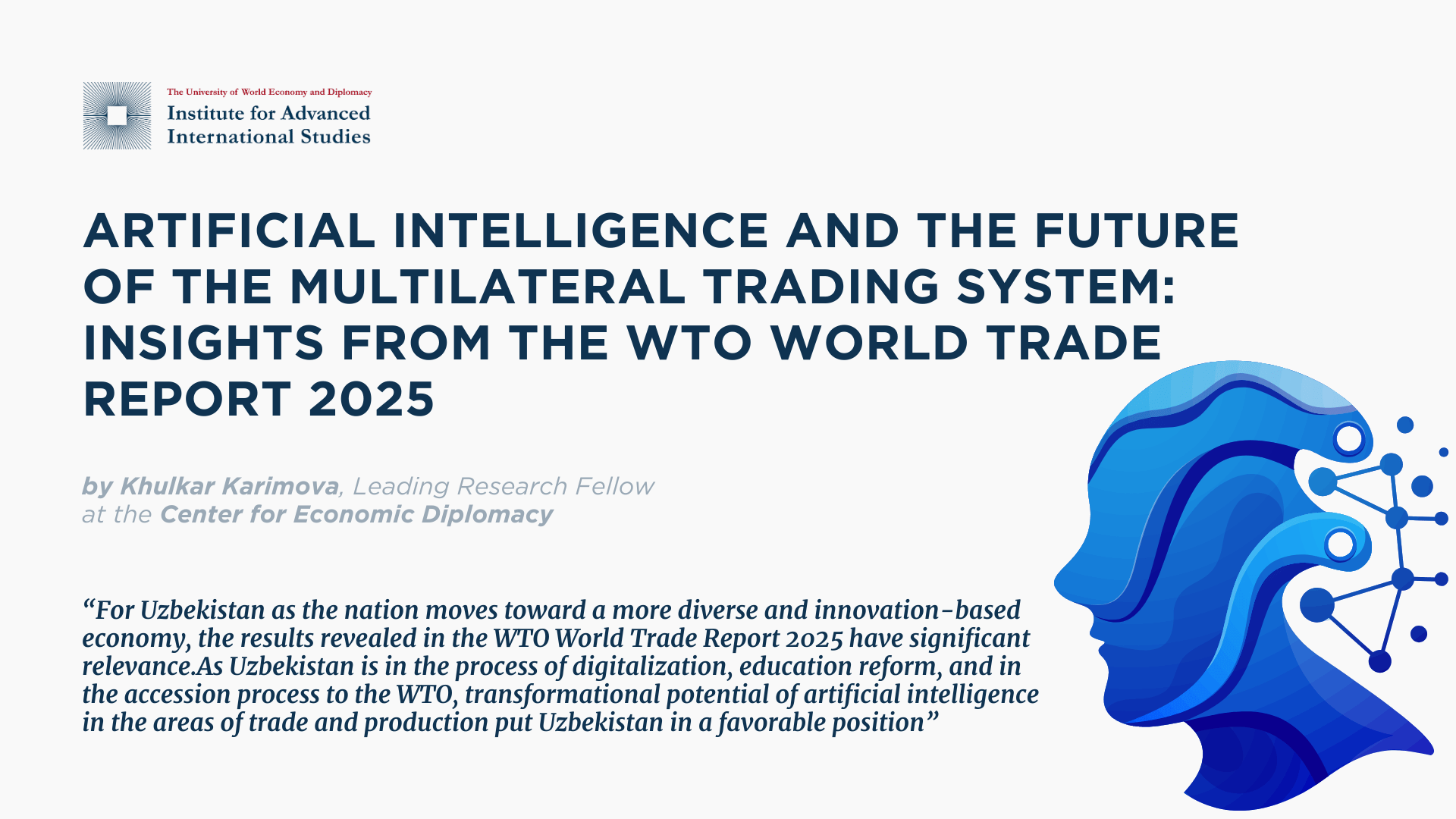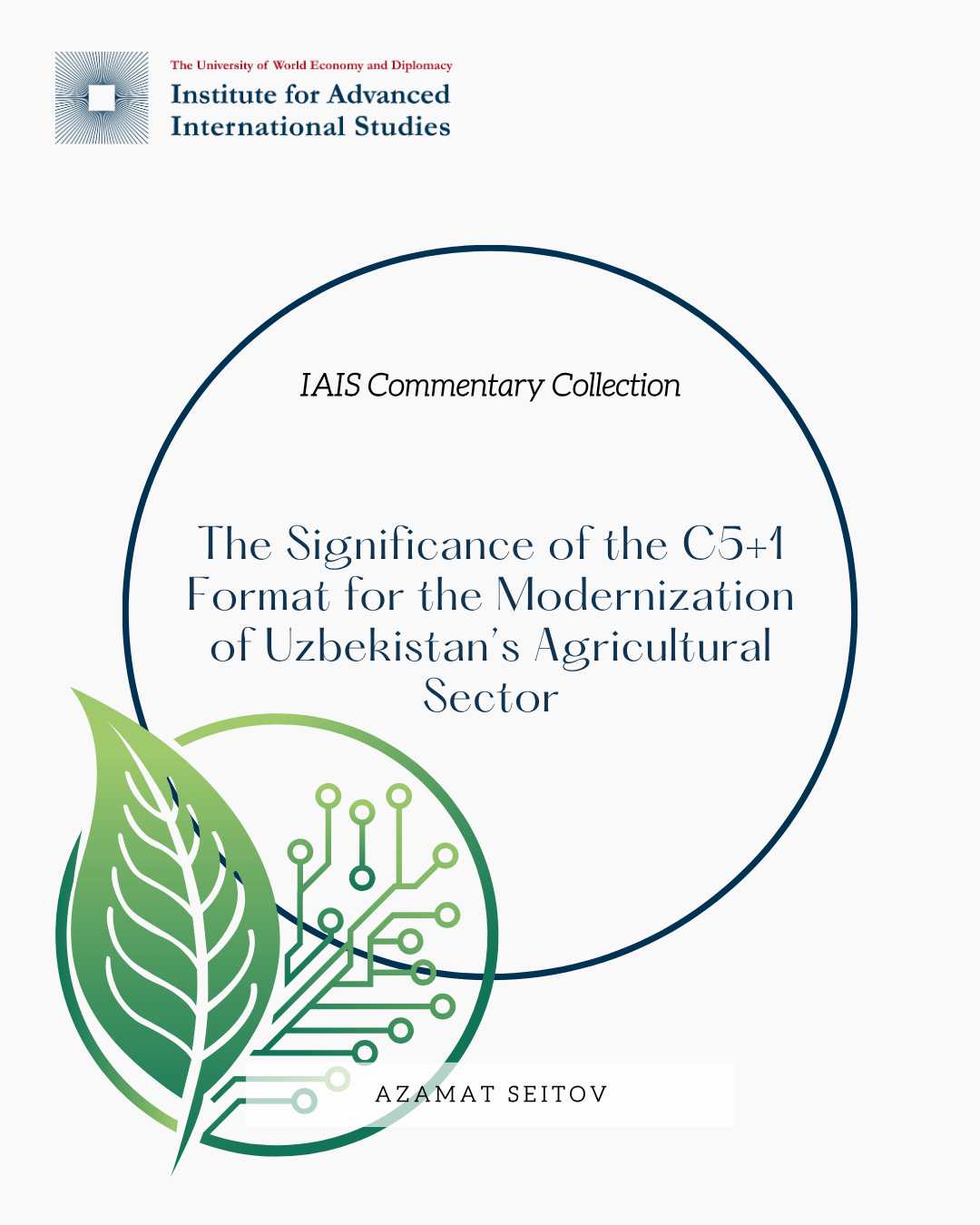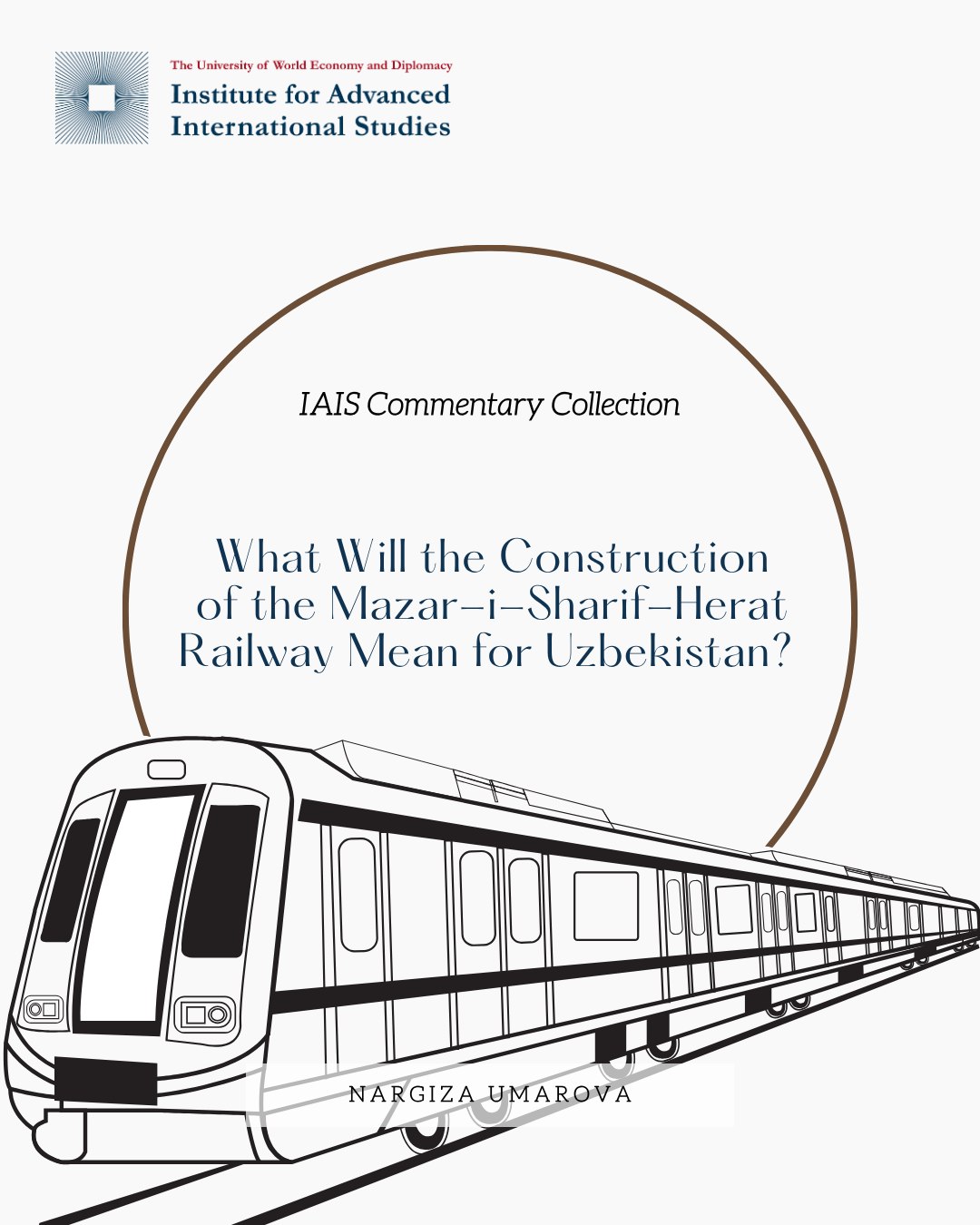The 4th Plenary Session of the 20th Central Committee of the Communist Party of China (CPC) concluded in Beijing, approving the “Recommendations on the Formulation of the 15th Five-Year Plan for Socio-Economic Development of the PRC (2026–2030)”. The plenary reaffirmed the national course toward high-quality growth, innovative modernization, and technological self-reliance as strategic priorities of China’s long-term development.
At a press conference on October 24, representatives of China’s State Council outlined the key objectives of the new plan: sustained economic growth, deepening reform and opening-up, cultural and ecological development, strengthening national security, and revitalization of rural areas. According to Han Wenxiu, Executive Deputy Director of the Office of the Central Financial and Economic Affairs Commission (CFEAC), particular emphasis will be placed on modernizing the agricultural sector, enhancing production quality, and improving rural infrastructure.
According to data from the National Bureau of Statistics (NBS) and Peking Ensight (October 18, 2025), China’s GDP grew by 5.3 percent in the first half of 2025, exceeding the target of “around 5 percent.” Growth in exports (+6.9%), retail sales (+4.6%), and industrial production (+6.2%) reflects the effectiveness of stimulus measures and the expansion of domestic demand.
Experts from the Center for China Analysis, Asia Society note that Beijing is “doubling down on innovation” to reduce external dependence and boost productivity. The focus is on developing “new quality productive forces” driven by original technologies, digitalization, and artificial intelligence. Minister of Science and Technology Yin Hejun outlined four priorities: advancing fundamental research, achieving breakthroughs in critical technologies, integrating science and industry, and cultivating scientific talent.
Analysts at the Mercator Institute for China Studies (MERICS) similarly emphasize that China is “doubling down on innovation and high-tech industries,” continuing its pursuit of scientific and technological self-strengthening.
Chairman of the National Development and Reform Commission (NDRC) Zheng Shanjie reaffirmed the goal of building a modern industrial system that combines the modernization of traditional sectors with the growth of emerging industries, services, and infrastructure.
According to the NDRC, government funds amounting to 500 billion yuan are expected to mobilize up to 5 trillion yuan in total investment, including 600 billion yuan in the fourth quarter of 2025. Experts note that this approach opens new opportunities for foreign partners, including Central Asian countries, to engage in projects related to industrial, energy, and transport modernization.
For China’s external partners — particularly Central Asia — this strategic orientation has tangible implications. It creates new opportunities for industrial cooperation, digitalization, green investment, and agricultural partnerships.
The development of high-tech and agricultural clusters in China could foster technology and knowledge exchange in areas such as agrotechnology, water efficiency, and agricultural processing.China’s focus on domestic consumption and high-quality imports also generates additional demand for agricultural and textile exports from Central Asia, including Uzbekistan, while the Belt and Road Initiative (BRI) continues to offer new possibilities for transit and infrastructure projects.
A significant part of the plenary’s agenda focused on intraparty discipline and personnel reshuffles. The CPC reaffirmed its commitment to a policy of “strict internal control” and an ongoing anti-corruption campaign.
General Zhang Shengmin was appointed to the Central Military Commission (CMC), while several high-ranking military and civilian officials — including General He Weidong and former Minister of Agriculture Tang Renjian — were expelled from the Party.
According to the Center for China Analysis, Asia Society, such measures reflect not weakness but rather the consolidation of Xi Jinping’s authority, aimed at strengthening party discipline and governance efficiency.
As Reuters reports, these dismissals form part of the largest military purge in recent years, intended to restore discipline and command accountability. Analysts at the Beyond the Horizon International Strategic Studies Group (BtH/ISSG) and the Institute for the Study of War (ISW) argue that the current anti-corruption campaign within the defense sector has a systemic managerial nature, designed to reinforce the command hierarchy and institutional effectiveness of the People’s Liberation Army (PLA).
In the economic and external policy domains, the plenary reaffirmed China’s commitment to openness and multilateral trade. Minister of Commerce Wang Wentao announced expanded access to the services market, the removal of restrictions in several sectors, and new incentives for foreign investment.
According to Xinhua News Agency, beginning December 18, 2025, the island of Hainan will implement new customs regulations introducing zero tariffs for 74 percent of tariff lines — a step toward establishing a fully functional free-trade port and promoting cross-border commerce.
An article in the People’s Daily under the pseudonym Zhong Caiwen (the official signature of the CFEAC Secretariat) emphasized that “China’s new development philosophy has global significance: it not only suits China but also provides reliable solutions to global challenges.” China positions itself as a defender of the multilateral trading system and seeks to “bring certainty to the global economy,” contributing to a more stable environment for shared growth.
The outcomes of the 4th Plenary Session reaffirmed Beijing’s steady commitment to domestic modernization, technological self-strengthening, and open integration into the global economy. For Central Asia, this translates into expanded opportunities to cooperate with one of the world’s leading innovation hubs and to participate in emerging industrial, digital, and green initiatives that can shape a pragmatic and mutually beneficial framework for regional development.
* The Institute for Advanced International Studies (IAIS) does not take institutional positions on any issues; the views represented herein are those of the author(s) and do not necessarily reflect the views of the IAIS.






